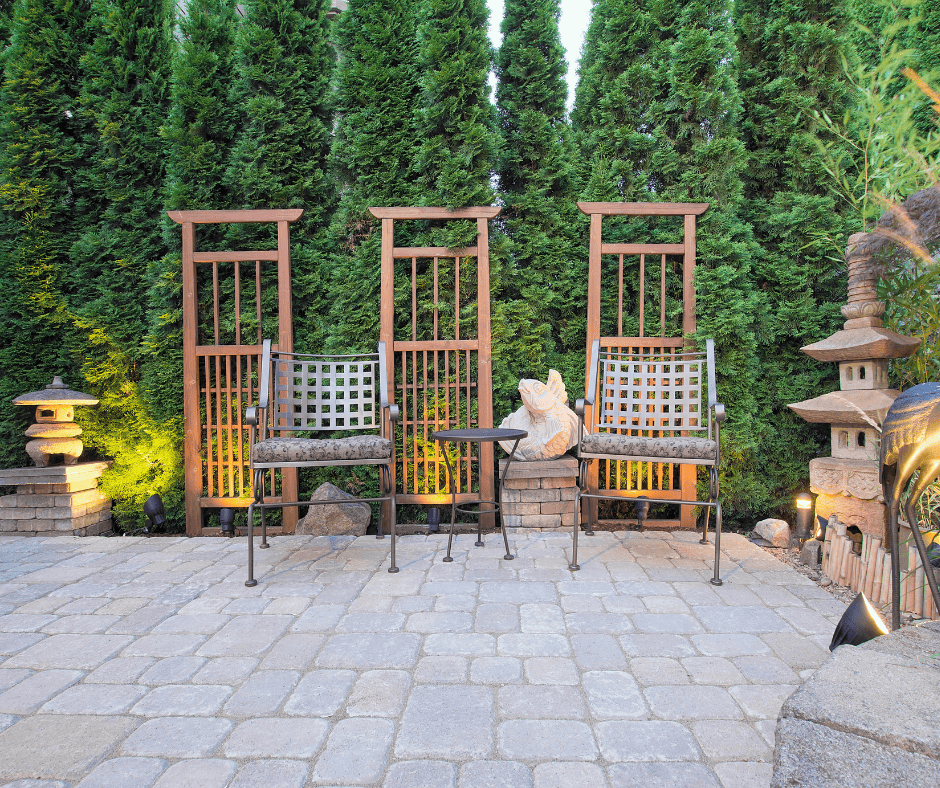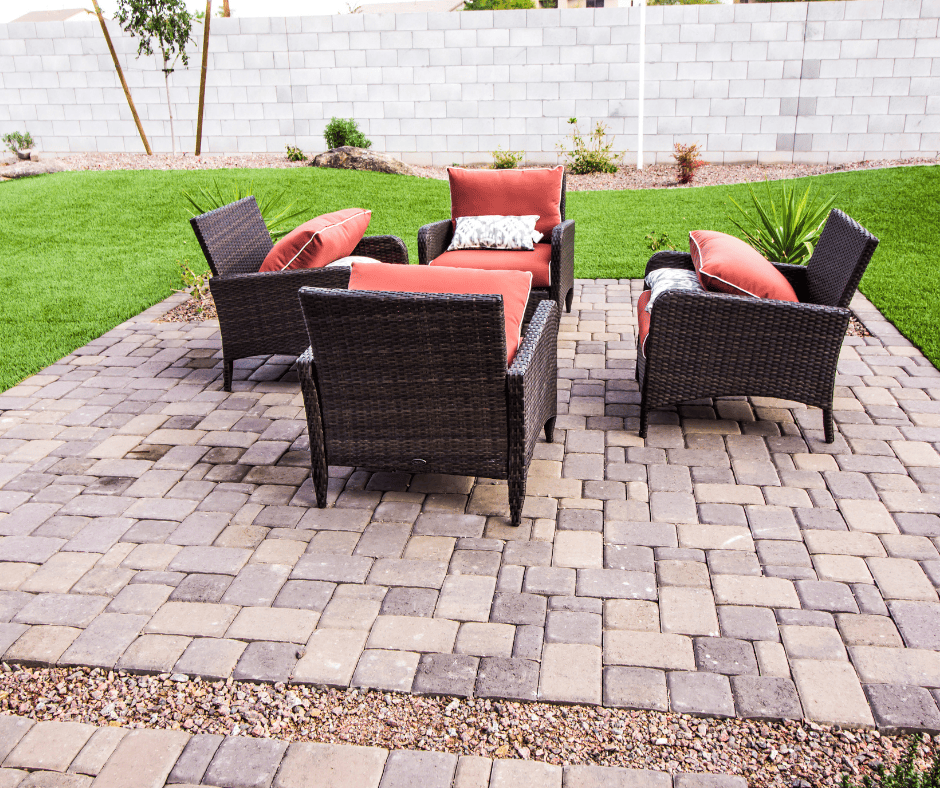This Is The Best Material To Use For Patio Builds In Delaware County, Chester County, And Montgomery County, Pennsylvania
Knowing your choices before selecting anything is a smart move. Then you can get the best choice for your style and budget.
In this post, you can find out what the best material to use for a patio is and its pros and cons. You can also discover the same for the other materials people choose.

What Are Our Choices?
“What do you think we should look into for patios?” asks Nicole.
“Maybe try to find out what the best material to use for a patio is,” suggests Josh. Nicole grins. “That’s a great idea, Josh! It’s feeling so real it’s like we already have our patio,” she says excitedly.
Josh grins back. “It really does! Our backyard is going to be way more fun and relaxing. No more wet and muddy area for days.”
Nicole nods. “Then let’s get on Google and find out!” The couple starts searching for answers.
Here’s what they discover:
What Is The Best Material For Patios
The best material for patios is paver. The different types of pavers are concrete, clay brick, and natural stone. It’s the best patio material due to its strength, ease of repair, and material options.
1. Paver Patio Pros And Cons
Pros:
- Strong and flexible
- Usually have great warranties
- Don’t crack easily
- Easy to repair
- Easy to clean
- Low maintenance
- Variety of shapes and patterns
Cons:
- Installation takes a decent amount of time
- If not installed or maintained correctly you can see plants grow between the pavers
- If not installed or maintained correctly they can become uneven

2. Concrete Patio Pros And Cons
Concrete is a mixture of sand, water, cement, and gravel. It creates a simple yet strong patio, making it one of the best patio options.
Pros:
- Pouring concrete is simple and quick
- Can mold to almost any shape
- Durable
- Easy maintenance
- Variety of styles, colors, and designs
Cons:
- Curing time is a few days
- Can crack in extreme temperatures
- Repair costs are higher than for other patio materials
- Can be slippery when wet (unless you get a textured surface)
3. Brick
You make bricks by heating up a mixture of clay and other materials. It’s easy to maintain and can last for decades, if not longer.
Pros:
- Highly durable
- Classic, timeless look
- Different colors and design patterns
- Low-maintenance
- Easier to repair than other patio materials
Cons:
- Can be on the pricier side
- May need repointing every 10-20 years depending on the climate

4. Flagstone
These are large, flat slabs of stone. People like them because they have irregular shapes, which give patios a fun and visual interest.
Pros:
- Durable
- Easy to clean and maintain
- Classic and timeless look
Cons:
- Time-consuming and labor-intensive installation
- Repairs can be time-consuming
- It’s a costly product
- Can get hot
- May need repointing every 10-20 years depending on the climate
5. Porcelain Tile
Porcelain tiles are a mixture of clay, sand, and feldspar. You heat it until it solidifies into tiles. The unglazed tiles are a better choice as they aren’t as slippery.
Pros:
- Durable
- Moisture-resistant
- Stain-resistant
- Mold-resistant
- Variety of design options
- Low maintenance
Cons:
- Higher cost than most patio material options
- Can get hot underfoot
- Needs precise installation
- Not great for extreme climates
You May Also Like To Know
“Do any of these look good to you?” asks Josh. Nicole frowns. “Yes, a couple of them. Let’s talk it over while we explore this blog for more info.”
